Publication in Ocean Coast. Manag. – Shoreline Management in China
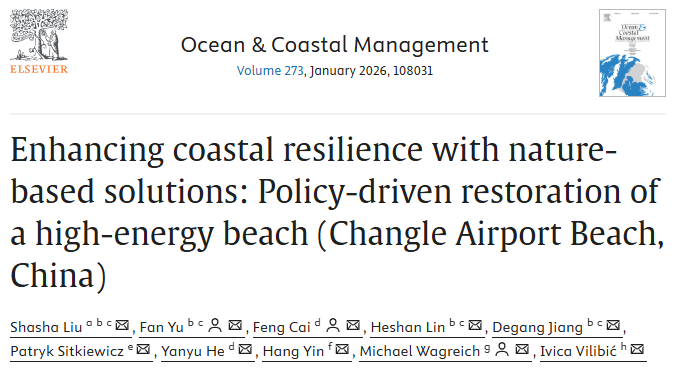
Although December weather still surrounds us and the calendar shows 2025, we are moving forward in time and sharing our first publication for 2026. Together with Patryk Sitkiewicz, we explore a place we have never visited before – a high-energy coastline along the Taiwan Strait in China. A series of fascinating shoreline restoration measures were […]
Department Seminars – Henrik Rother
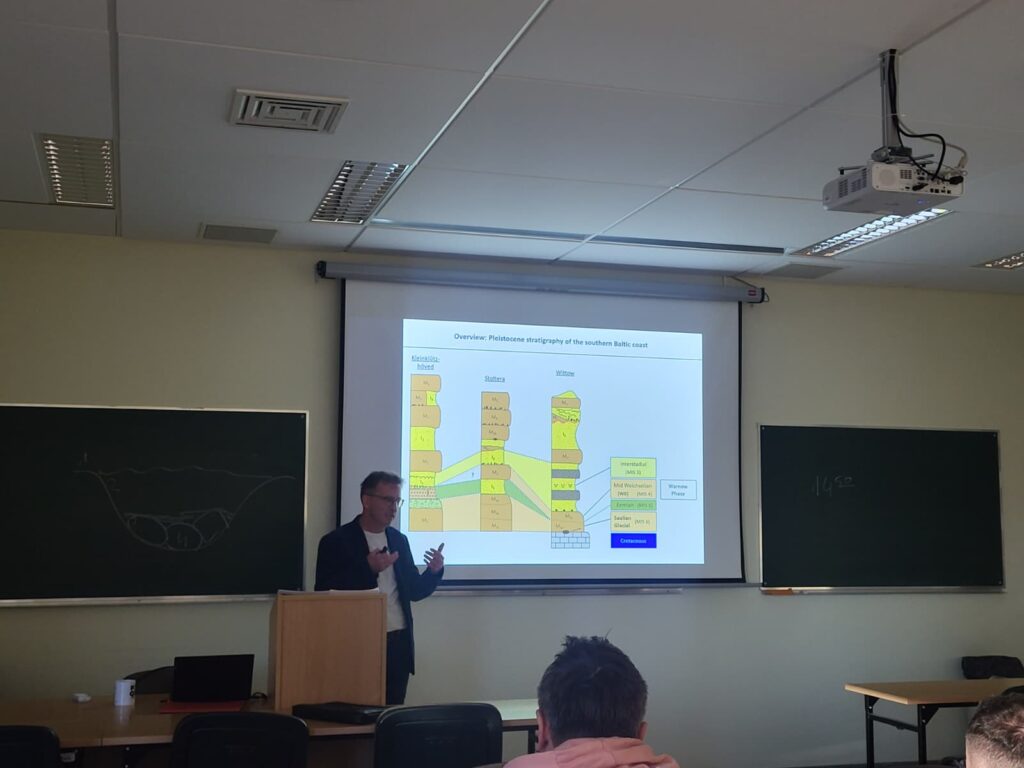
On Thursday, November 27, we had the great pleasure of hosting Henrik Rother from the Geological Survey of Saxony-Anhalt (LAGB) at our seminar. Henrik delivered a fascinating lecture entitled “Late Pleistocene deglaciation and Scandinavian Ice Sheet dynamics: new results from 10Be surface exposure dating in NE Germany.” During his highly engaging presentation, Henrik introduced the […]
Workshop for high school
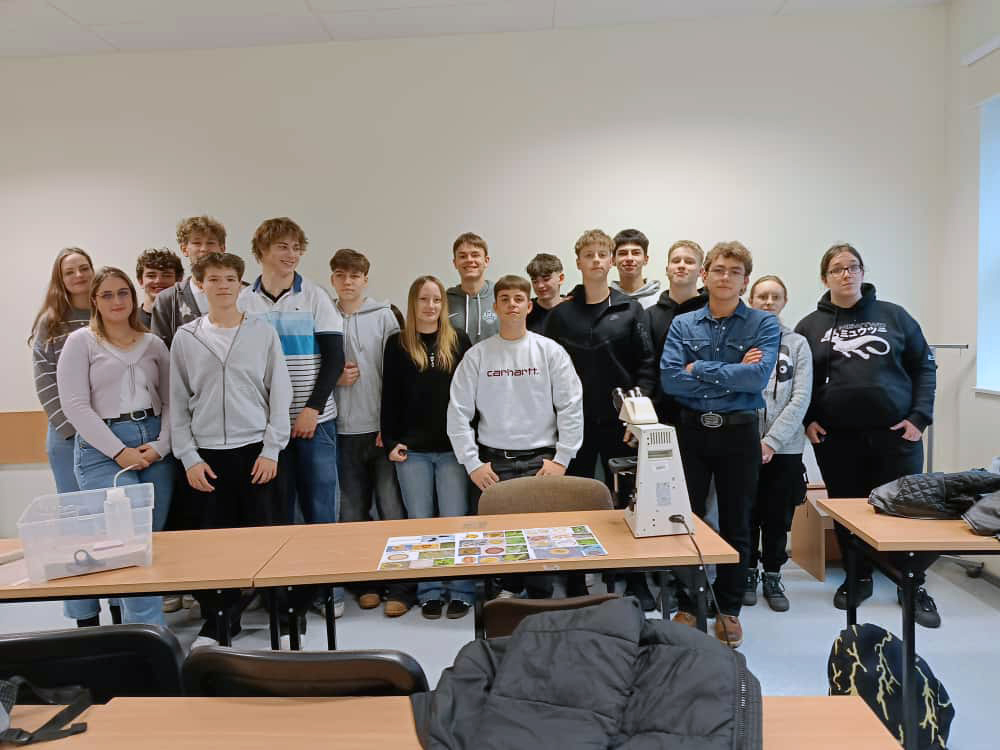
Once again, Ala Bonk — this time supported by Ola Orłowska — had the pleasure of leading a workshop titled “In the Microsphere of Varves – History Recorded in Lake Sediments.” The session was attended by students from the First Academic High School, who visited us under the supervision of our former graduate student, Ania […]
Assoc. Editor in PPG – Damian Moskalewicz
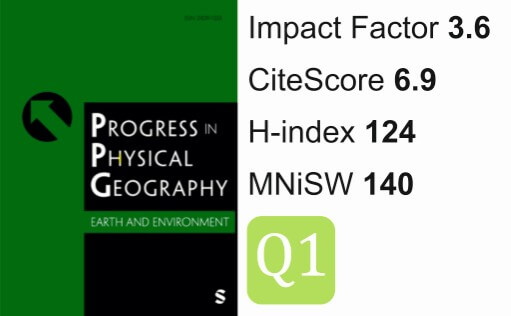
We are pleased to announce that Damian Moskalewicz has been appointed Associate Editor of Progress in Physical Geography: Earth and Environment, published by SAGE (140 points in the Polish Ministry of Science and Higher Education ranking, IF = 3.6, CiteScore = 6.9, H-index = 124, Q1). He will begin his editorial duties at the start […]
Department Seminars – Ana Prohaska
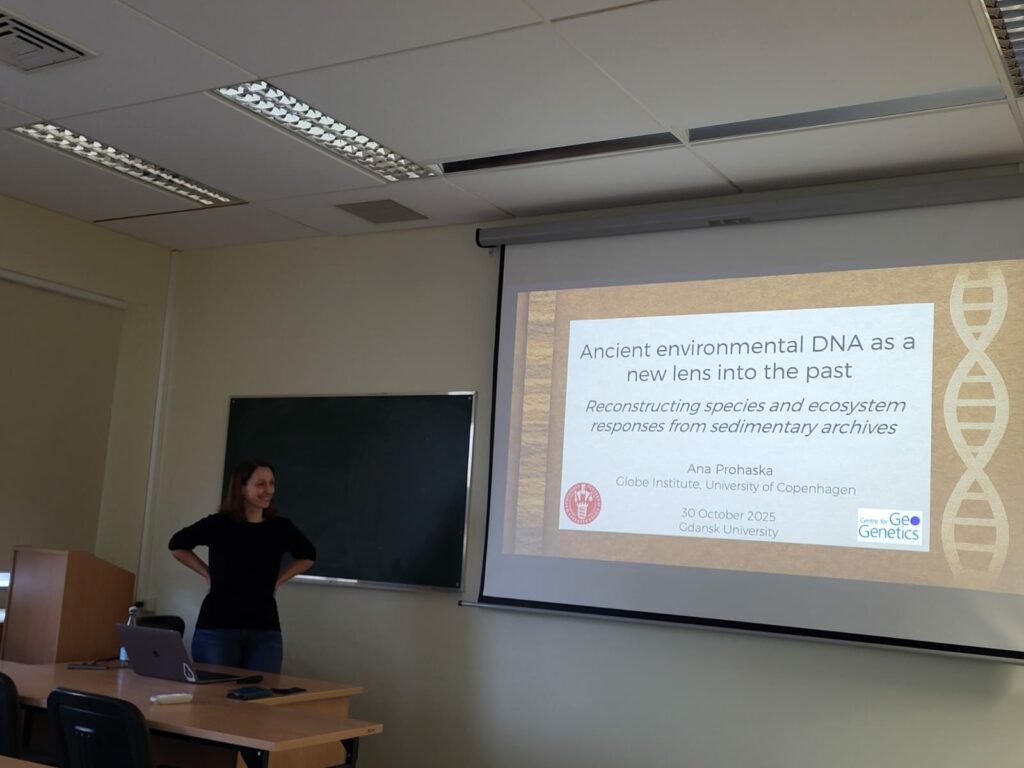
As part of our departmental seminar series, on October 30 we hosted Ana Prohaska from the Globe Institute, University of Copenhagen. Ana, a specialist in environmental DNA, gave a talk titled Ancient environment as a new lens into the past: Reconstructing species and ecosystem responses from sedimentary archives, in which she discussed the potential of eDNA […]
STORMLINK Workshop
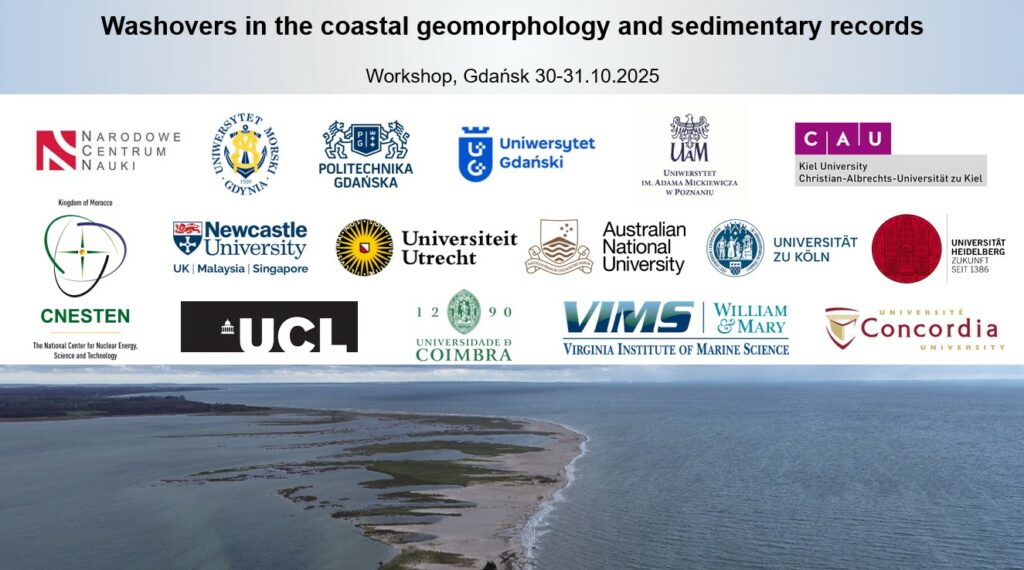
On November 30–31, 2025, our university hosted a workshop as part of the STORMLINK project, led by Damian Moskalewicz. The aim of the meeting was to summarize current global research on overwash fans formed during strong coastal storms. The event also provided an opportunity to present the project’s findings to an international forum of coastal […]
Publication in PAGES Magazine – HSI and μXRF
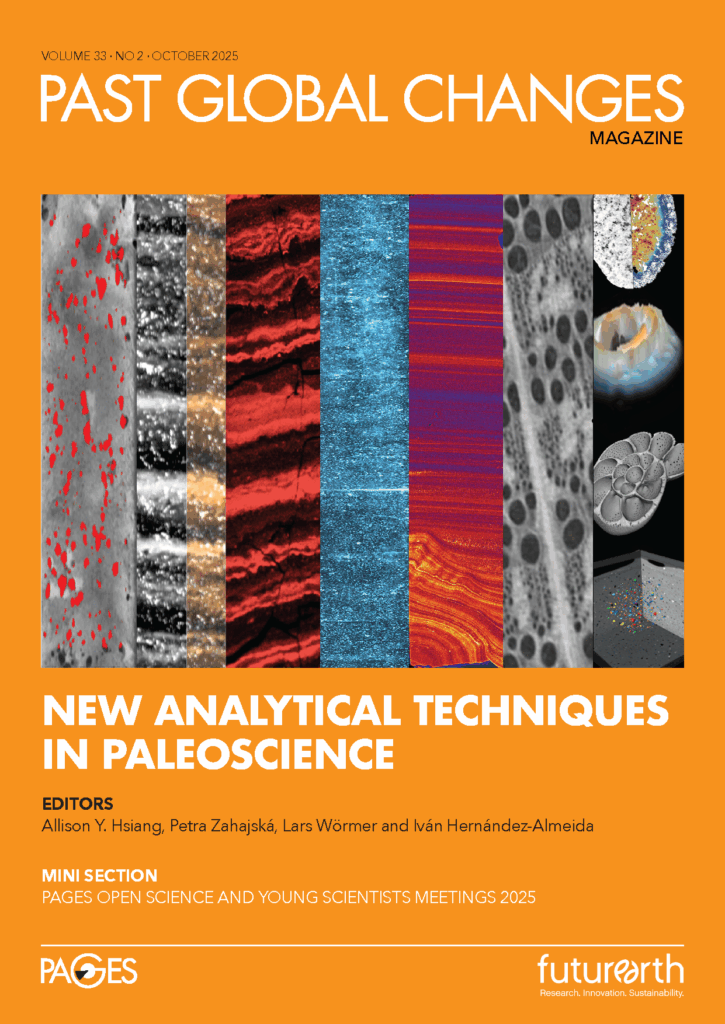
In the latest issue of PAGES Magazine (Past Global Changes), an international scientific organization supporting research on past climate and environmental changes to better understand their mechanisms and future impact, you’ll find a “Science Highlight” focused on combining μXRF and HSI data. Maurycy Żarczyński and Paul Zander present the principles of both techniques, the possibilities of integrating […]
Publication in Biogeosciences – peatland alkalinisation
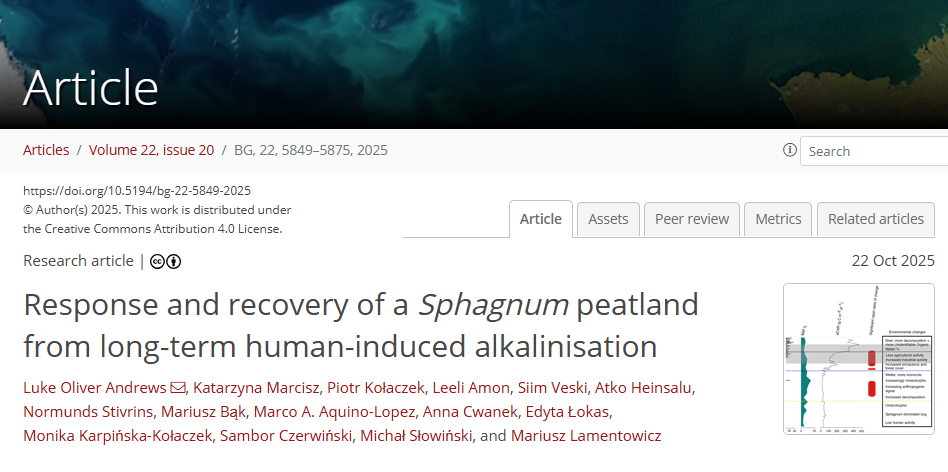
In a new publication co-authored by Sambor Czerwiński, the authors demonstrate how pollution from cement plants affects peatlands, using an Estonian peatland as a case study. It turns out that even a small increase in pH by 0.2–0.3 can trigger lasting changes in the ecosystem, particularly impacting Sphagnum, a moss highly sensitive to alkalization. The […]
Coring platform
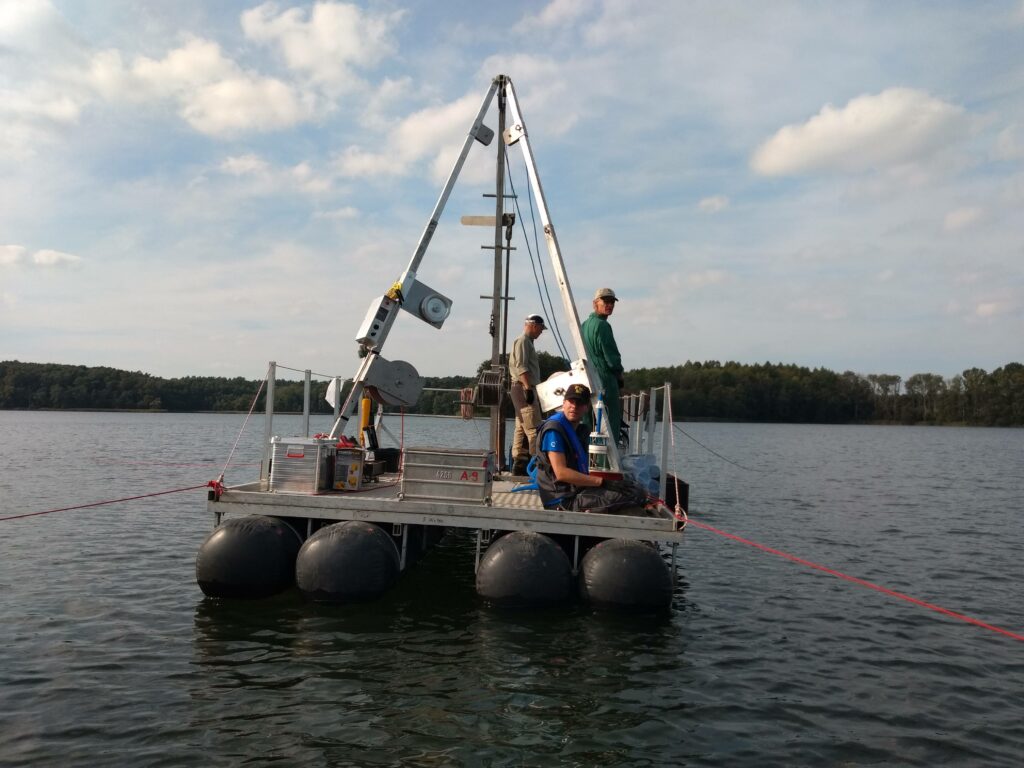
Her name is “Choike”. She has travelled and sailed halfway around the world and has now found a new home port. Although “choike” is a local term for a subspecies of the rhea bird, this time it refers to a lake sediment coring platform manufactured by UWITEC! From October 23 to 25, Ala Bonk and […]
Daria Wochal (UAM) visiting
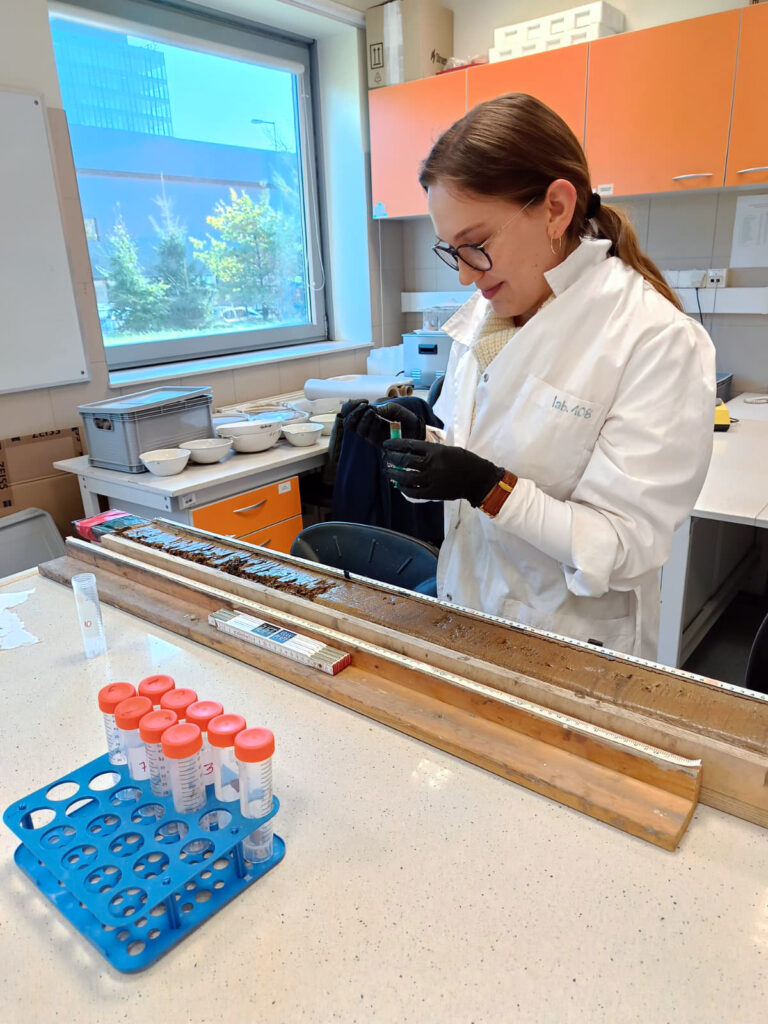
On October 21–22, our Department was visited by Daria Wochal from Adam Mickiewicz University in Poznań. During her visit, she met with Ala Bonk to explore the intricacies of macroscopic charcoal analysis in lake sediments. Such short visits are a great opportunity for learning and exchanging experiences in environmental research. We wish Daria continued success […]